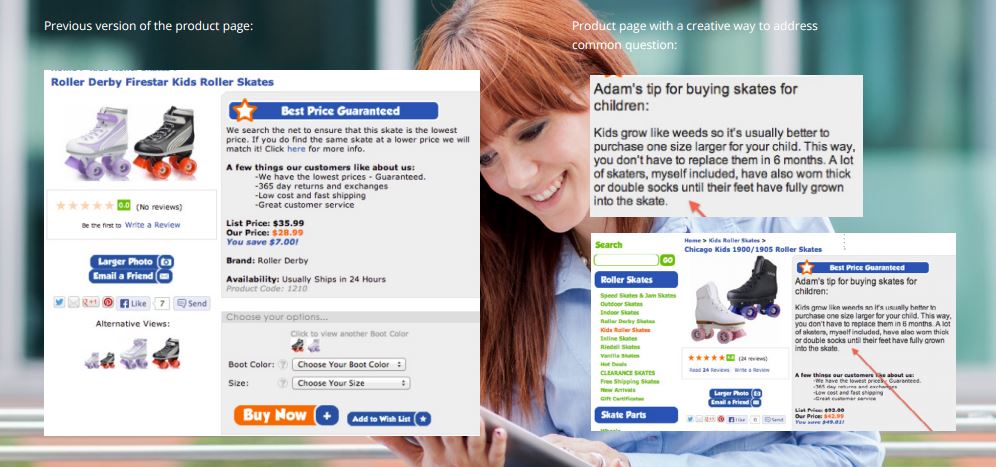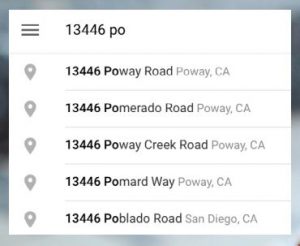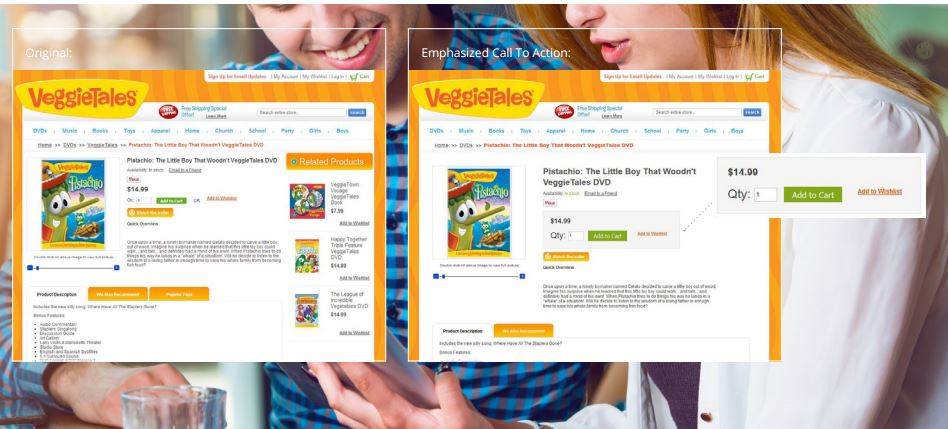The Conversion Rate Optimization Checklist For Retailers

Despite all of its moving parts, basic ecommerce strategy comes down to 3 primary tenets:
Traffic Generation – Investing in marketing and advertising to drive qualified traffic to an ecommerce website.
Customer Acquisition– Optimizing that ecommerce website to receive traffic and reliably convert it.
Customer Retention– Increasing revenue from existing, known customers using retention strategies like email marketing and retargeting to encourage future purchases.
In the following guide, designed for ecommmerce CEOs and Marketing Directors – we partnered with Helpflow to outline the key CRO best practices that every online retailer should have implemented on their site.
FREE Ecommerce Business Owner’s Guide to Conversion Rate Optimization
If you don’t have time to read through the full guide, skim the checklist we’ve created below.
The best way to get an answer to a question is to ask a human. The human thinks about the question, asks for a few more details in some cases, and then provides the answer. Simple.
This happens naturally offline, but is tough to produce if you don’t have human help available on your site. It’s hard to provide this same experience through great user experience testing and content.
The solution? Offer human help through live chat.
Some people won’t ask questions via live chat, but you should still focus on getting them answers easily. Having great FAQs throughout your website gives you a chance to answer these visitors’ questions so they purchase.
Having a dedicated FAQ page is important, but you should also integrate relevant FAQs directly into your site.

If you’re not using live chat, and a question isn’t covered in your FAQs, what is a visitor supposed to do? They’ll either “come back later” (which is unlikely) or they’ll want to ask you the question directly.
Too many ecommerce stores make it tough to ask questions. You wouldn’t want your brick and mortar employees hiding from visitors in your store, so make sure you’re not doing that online.

 If someone wants to give you money for your product, you need to make it as easy as possible to do.
If someone wants to give you money for your product, you need to make it as easy as possible to do.
If you’re asking for a ton of information before you will take their money, then many buyers will leave. You need to make your checkout process simple.
Once customers are ready to buy, they’ll clean-up their shopping cart and complete their purchase. This isn’t a problem for you, unless they want to come back later today or tomorrow and finish the checkout.
More than half of people leave the checkout process before completing a purchase. This happens for a lot of reasons.
Using a persistent shopping cart makes it easy for them to finish the checkout process when the come back, but what about those customers that don’t actually come back?
You can use email reminders to get customers back to the website to complete their checkout. Shopping cart abandonment emails used to be a ninja tactic, but they’re a standard best practice now that every store should be using.
Once your checkout process is really dialed in, it’s time to optimize the next step back from the purchase – the product page.
The goal of the product page is to get buyers to add the item to their shopping cart, so that’s what we’ll focus these optimizations on.

Your product images, descriptions, reviews, and customer service team can help overcome any hesitancy to make an online purchase―but having a no hassle return policy is best.
Product images are more important than text descriptions, but you should still make sure your descriptions are strong.

If someone lands on your website, you need to make it simple for them to find the product they’re looking for. Otherwise, they might go back to Google to try to find the product there and land on a competitor’s site.
Some visitors opt to use your product site search if they can’t quickly find products another way.
An eConsultancy study found that 1 in 3 visitors use site search. If the experience is poor, they might go back to somewhere they’d expect a better search experience—Google, which may send them to a competitor.
Want to learn more? Check out the full CRO guide HERE.
